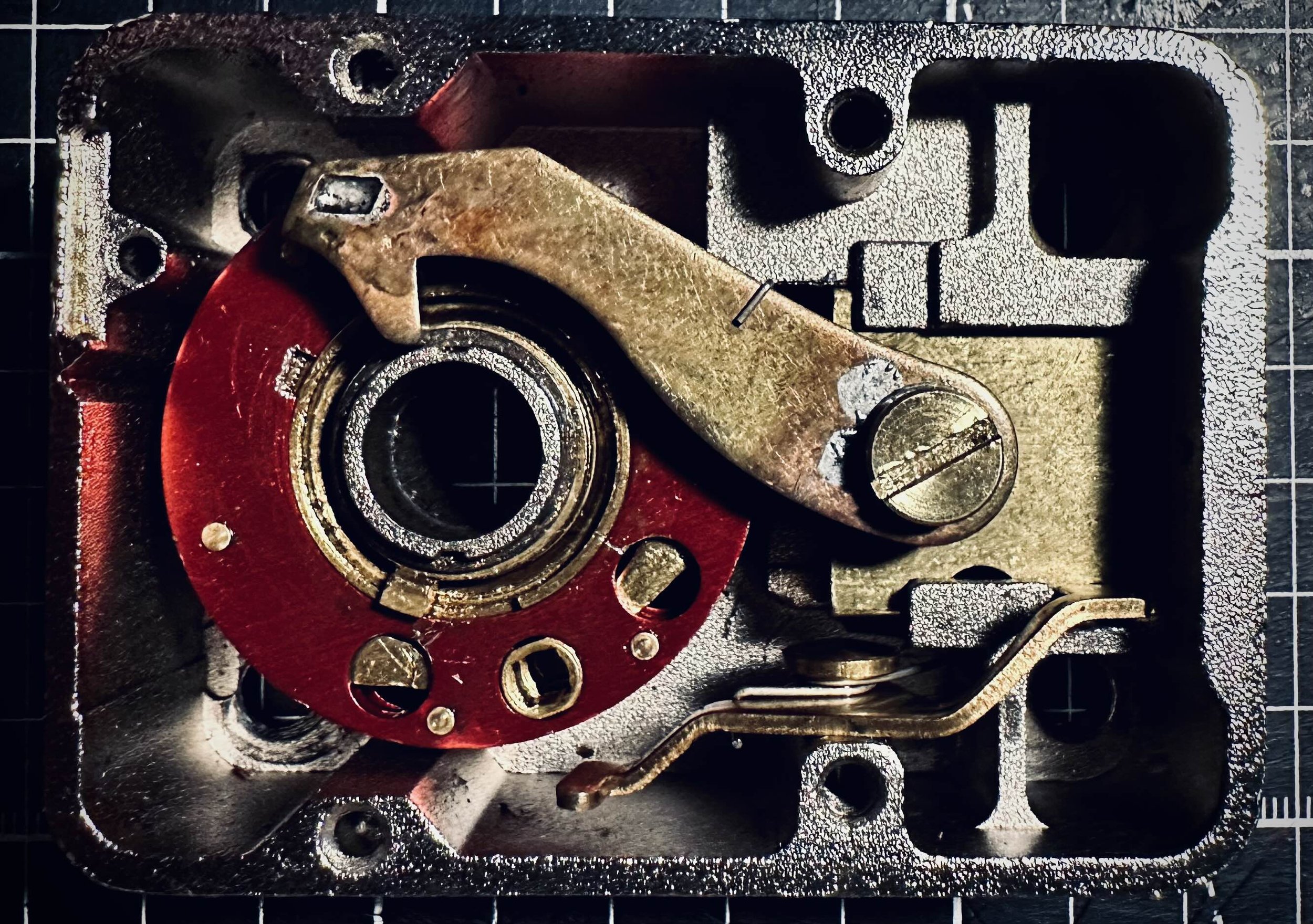Group 2 Safe Locks - How do they work?
🔐 How Does a Group 2 Safe Lock Work?
If you’ve ever spun the dial on a traditional safe, you’ve probably interacted with a Group 2 safe lock—the most common type of mechanical lock found on home and commercial safes. These locks have been trusted for decades, and while they may seem old-school compared to digital keypads, they’re surprisingly clever in how they protect valuables.
Let’s break down the basics of how they work—and why they’re still so widely used today.
🔎 What Is a Group 2 Lock?
The term "Group 2" is a classification set by UL (Underwriters Laboratories), a global safety certification organization. Group 2 locks are mechanical combination locks that meet certain standards for security and reliability. They’re typically rated to resist manipulation (like safecracking) for up to 15 minutes by a skilled attacker using standard tools.
These locks are commonly found on:
Home safes
Retail cash safes
Office safes
Fire safes
For higher-security applications (like banks or vaults), Group 1 or Group 1R locks are used instead.
⚙️ The Inner Workings: Dial + Wheel Pack
At a glance, a Group 2 lock looks simple—just a dial you spin left and right. But inside, there’s a smart little mechanism at play called a wheel pack. Most Group 2 locks use three wheels, although some use four.
Here’s how it all fits together:
🌀 The Dial
You spin this to enter the combination. Every turn of the dial moves a series of internal wheels.
⚙️ The Wheels
Each number in your combination corresponds to one wheel. These wheels stack on a spindle and rotate with the dial when engaged. Each wheel has a small notch called a "gate."
🪝 The Fence and Lever
Once you’ve dialed the correct combination, all the gates on the wheels line up perfectly underneath a piece called the fence, which is attached to a lever.
When the fence drops into the aligned gates, the lever can move and pull back the bolt, unlocking the safe.
🔄 Dialing the Combination
Here’s what’s happening inside when you dial the combo:
Let’s say your combo is 30 - 10 - 50.
Turn left (counterclockwise) 3 times to 30.
This engages all the wheels and lines up the gate on wheel 3 to 30.
Turn right past 30 and stop at 10.
This disengages wheel 3 and now moves wheel 2. The gate on wheel 2 is now at 10.
Turn left again and stop at 50.
This moves only wheel 1, lining up its gate at 50.
If done correctly, all three gates line up at the same point, and the fence drops in.
🔒 Why Are Group 2 Locks Still Used?
Even in the age of digital tech, Group 2 locks remain popular because:
They don’t need batteries or power
They’re reliable and durable
They’re very hard to brute force
They provide tactile feedback you can feel
They’re also relatively inexpensive and easy to service or change the combination (with the proper tools and training).
⚠️ Weaknesses?
Group 2 locks are secure, but not impenetrable. Skilled safe technicians (or unfortunately, criminals) can try to manipulate the lock by carefully feeling or listening for subtle changes while dialing.
That’s why higher-rated safes use Group 1 locks, which are built to resist manipulation far more effectively.
🧰 Final Thoughts
A Group 2 lock is a beautiful mix of mechanical precision and practical security. It’s simple enough for everyday users, yet sophisticated enough to deter tampering. If you’re using a safe with a dial on the front, there’s a good chance you’re putting your trust in one of these quietly brilliant devices.
Need help servicing your safe or changing the combination? Contact a professional locksmith or safe technician—just don’t try taking it apart yourself!




